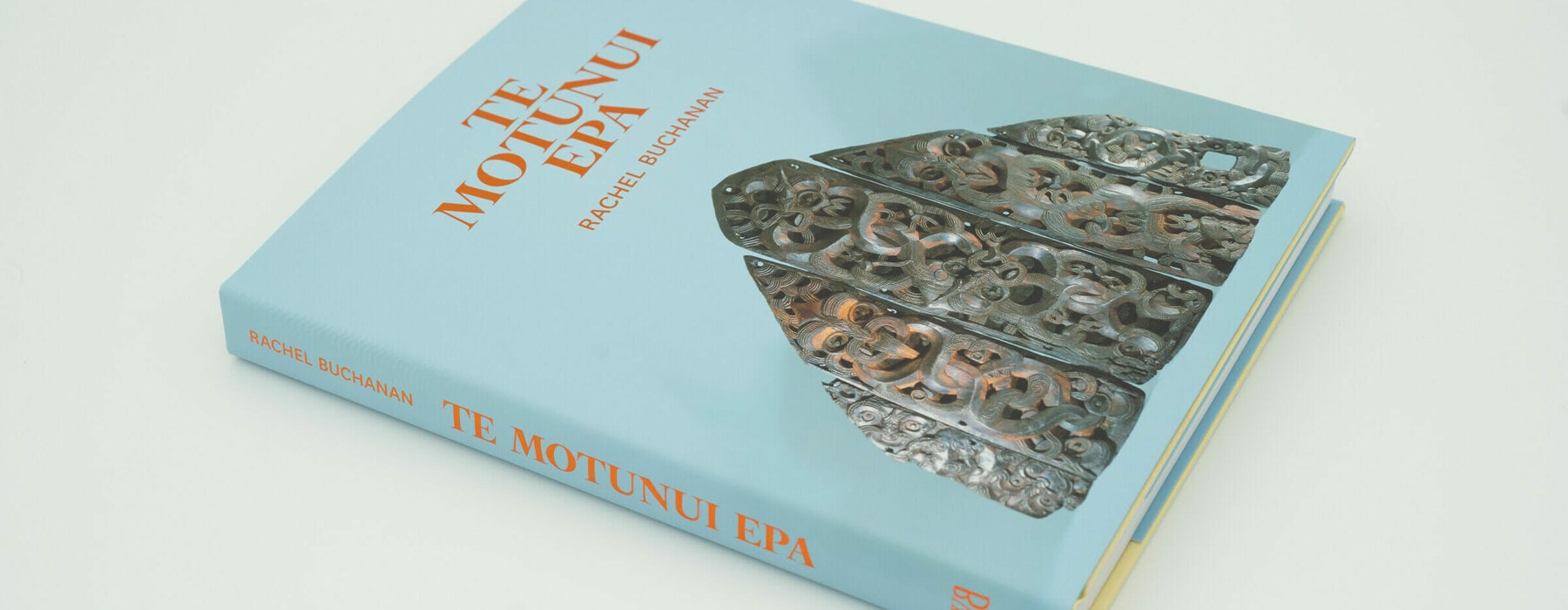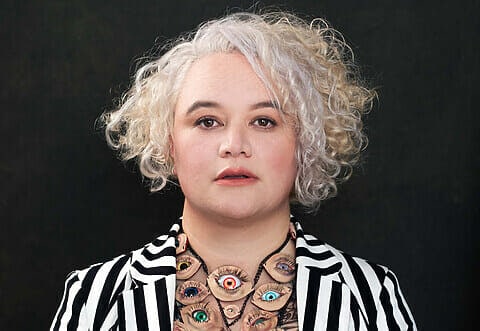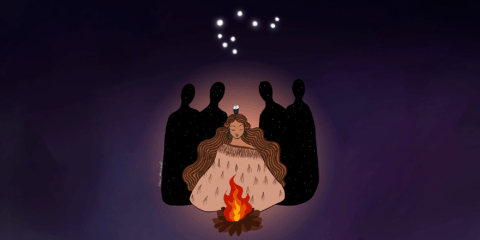Dr Rachel Buchanan (Taranaki, Te Ātiawa) is an author, historian, archivist, journalist and curator. Her recent book Te Motonui Epa (Bridget Williams Books, 2022) tells the story of a treasured set of carved pātaka (storehouse) panels that were smuggled out of the country in the 1970’s.
When they resurfaced at a Sotheby’s auction years later it prompted a long and complicated process to bring them home again. It is a compelling story that involves skullduggery and theft and greed and it is written with the eye of a writer who thinks like a poet. We asked her some questions about her work.

You use a number of voices throughout your book. the historical. the theatrical, the voice of your tupuna and of the carvings to name a few. Many times your voice is that of a poet. Do you associate your own voice with any particular voice or voices?
I suppose there’s something of me in all the different voices in the book but especially the cheeky, playful, poetic parts or the passages that are a bit cross. I’ve never felt comfortable with the voice – or tone – used in some works of history. The ‘I know everything’ voice, the voice of absolute certainty and authority, that has never sat well with me, right from the days of doing my PhD. I remember waiting for the voice of certainty to come but the more research I did, the more uncertain I felt. The more you know about any topic, the bigger the grey area seems to be. Maybe this is why I don’t enjoy writing that is too definitive. I like uncertainty and speculation, writing with plenty of room for readers to make up their own minds about the events being described.
The book is so evocative on so many levels. In terms of the cultural taonga of Maori how would you address the issues of the return of taonga. For instance the now common appearance of taonga from private collections,
Every iwi and hapū will have their own answers to this question. It’s a big one. Obviously, we (Te Ātiawa and uri of Taranaki more broadly) are very happy that the Motunui Epa are back home after decades in private hands but I feel a deep sense of sadness at the number of taonga held at the British Museum, for example. There are literally thousands of taonga tuku iho over there in London, including hundreds of treasures from Taranaki, and they’ve been away from home for ages, a century or more. What are they doing there?
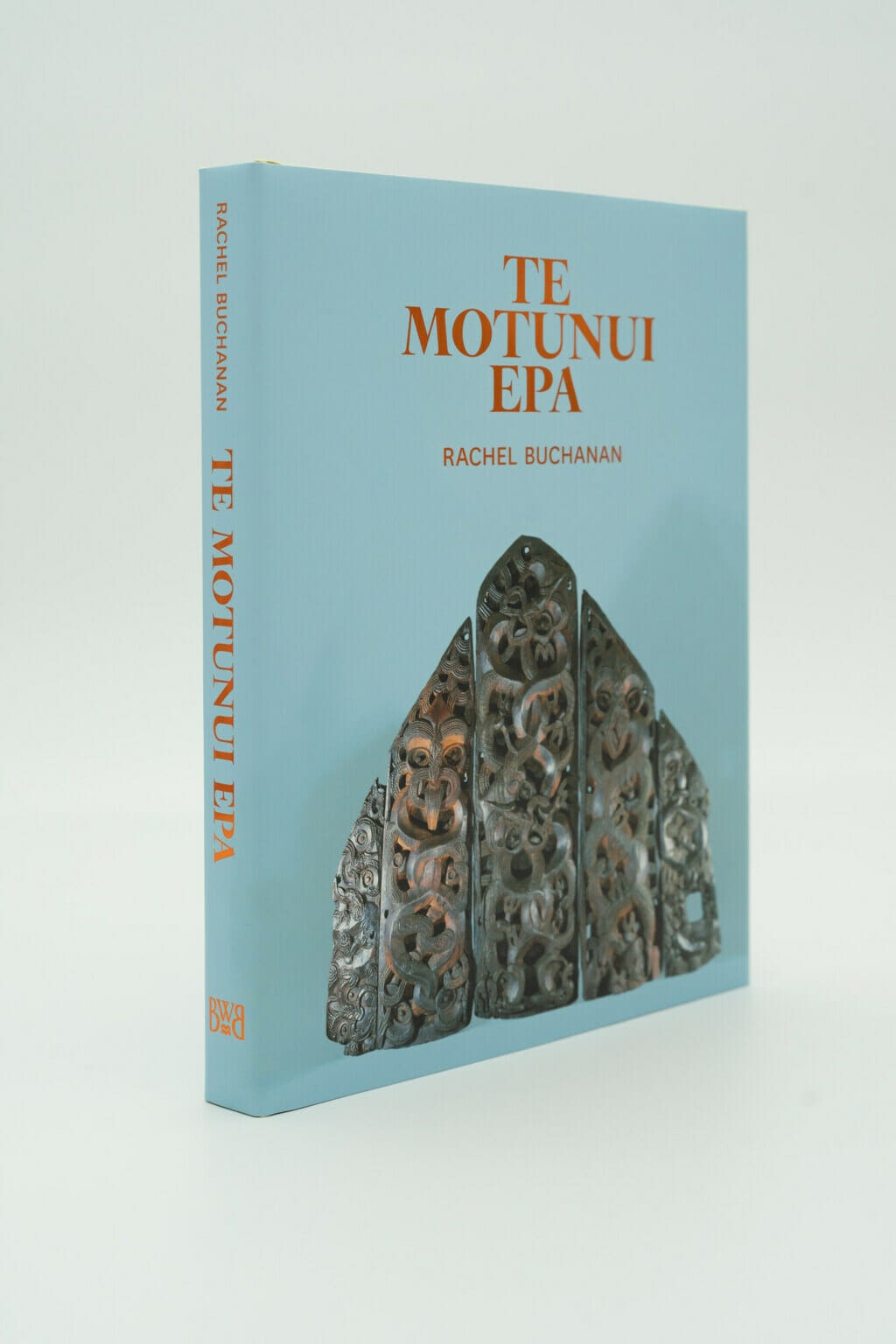
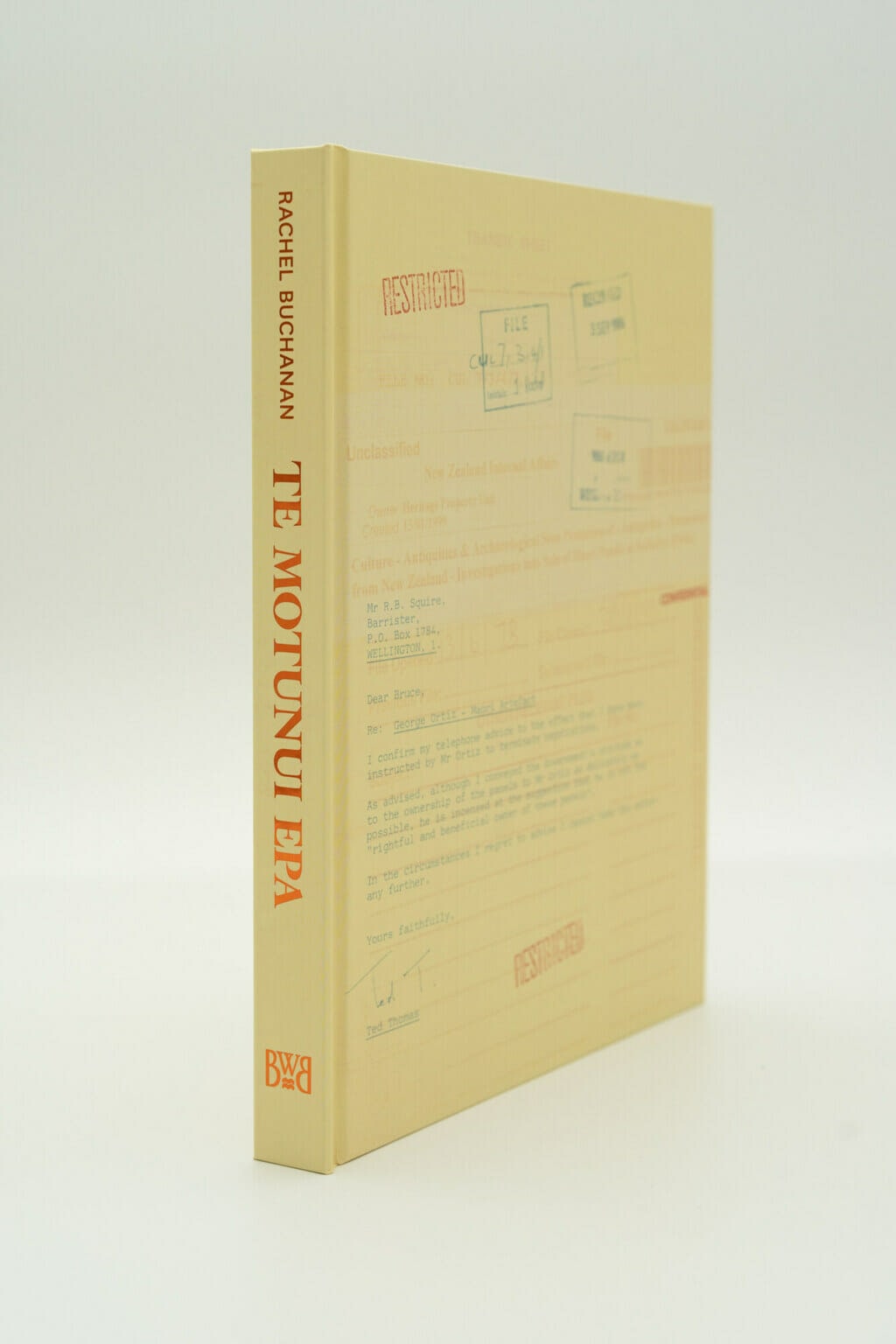
Do you have views about the purchase of taonga from overseas back to Aotearoa that are without provenance and is the mere fact of their return enough or is there a mechanism possible for returning to iwi and hapu that could be explored.
Provenance is such a tricky concept and one that I grappled with a lot when I was writing this book. Most of the taonga in the British Museum have a very thin provenance. The museum catalogue uses a lot of code words to describe how taonga got to the museum – words like ‘acquired’, ‘collected’, ‘donated’ or ‘presented’ but these words hide other motives and actions on the part of collectors, institutions and, perhaps, our ancestors. I did ask the museum about the provenance of a couple of Taranaki taonga they hold but their records are just so patchy and vague. That’s why I like the idea of an extended provenance that encompasses not just the moment a taonga was created and lived as part of its community but also its life once it was taken or removed and – ideally – returned!
While ‘stolen taonga’ may be claimed by the Crown, what right action ought to then be instigated or do these become part of public property?
What I loved about researching the journey of the Motunui Epa was the way they educated lawyers and public servants about ownership, history and relationships, particularly utu. Taonga such as these carvings were created before the Treaty, before the (British) Crown arrived as an imperial power in Aotearoa, before New Zealand itself existed. Of course such taonga are not owned by the Crown or by ‘the public’ or by New Zealand. They are more ancient and more powerful than a pretty recent nation state and ought to be cared for by their descendants.
How long did the writing process for Te Motonui Epa take? Did you feel ‘possessed’ while involved in the project and how do you feel now that it is completed?
It took two to three years to research and write this book. The first big burst of writing was in the second half of 2020 when I was on extended leave from work and I was totally absorbed in the process. I live in Melbourne and the city was in lockdown for months and it often felt like I would never be able to return to Taranaki or New Zealand again. Writing a first draft really saved me from despair. I worked steadily through 2021 as well and three more lockdowns but this was a much harder process because I was combining writing the book with my paid employment as a speechwriter. I did many 7-day weeks and got pretty exhausted so I felt over the moon when the book was launched and out in the world. My mentor, Mahara Okeroa, was delighted (and probably relieved) too. So were my partner and kids. The many challenges, dramas and excitement of writing the book shaped their lives too.
What is your next project?
I don’t know. I’m still recovering from this one!
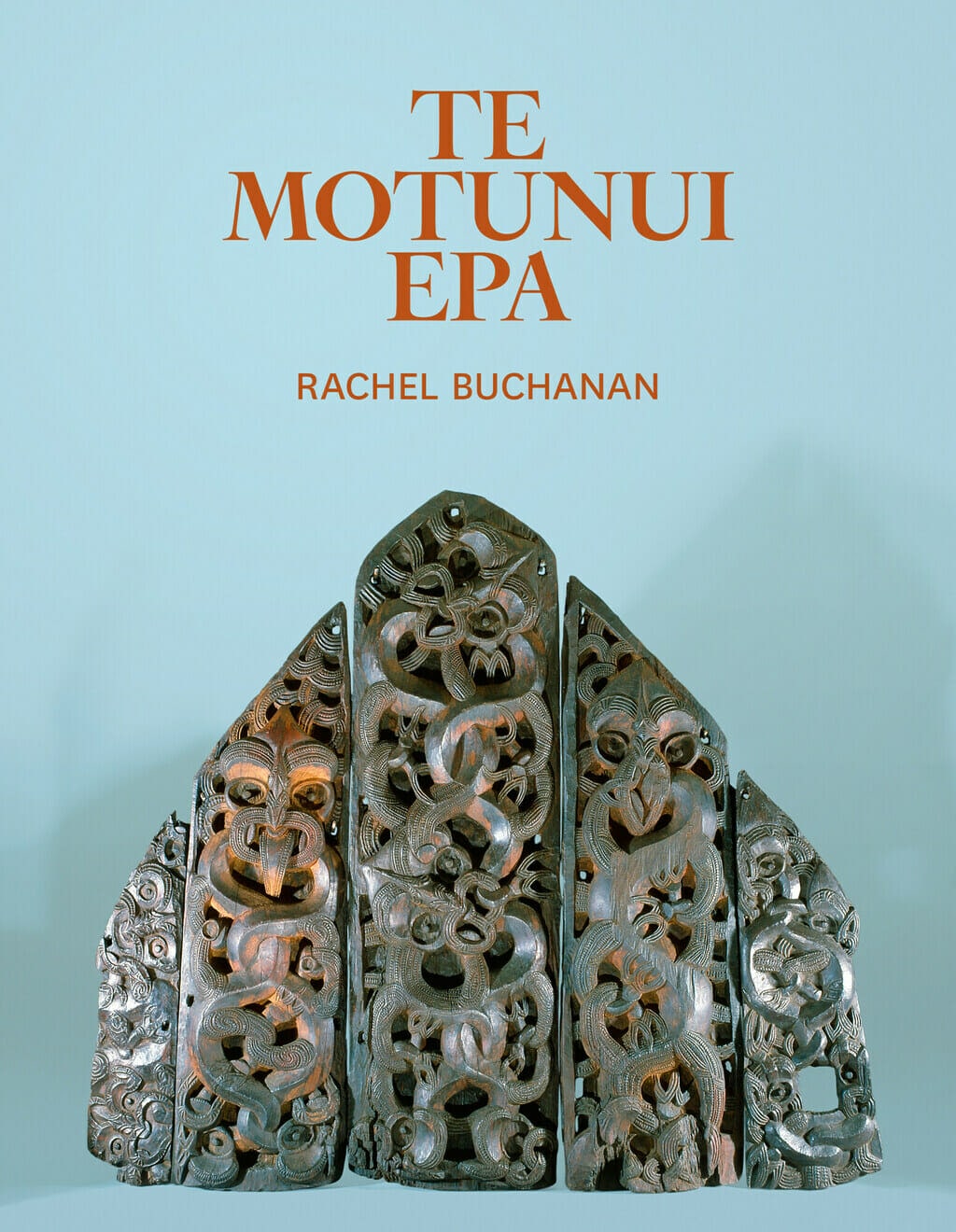
RRP $49.99 Bridget Williams Books
Related article: Te Motonui Epa Book Extract

